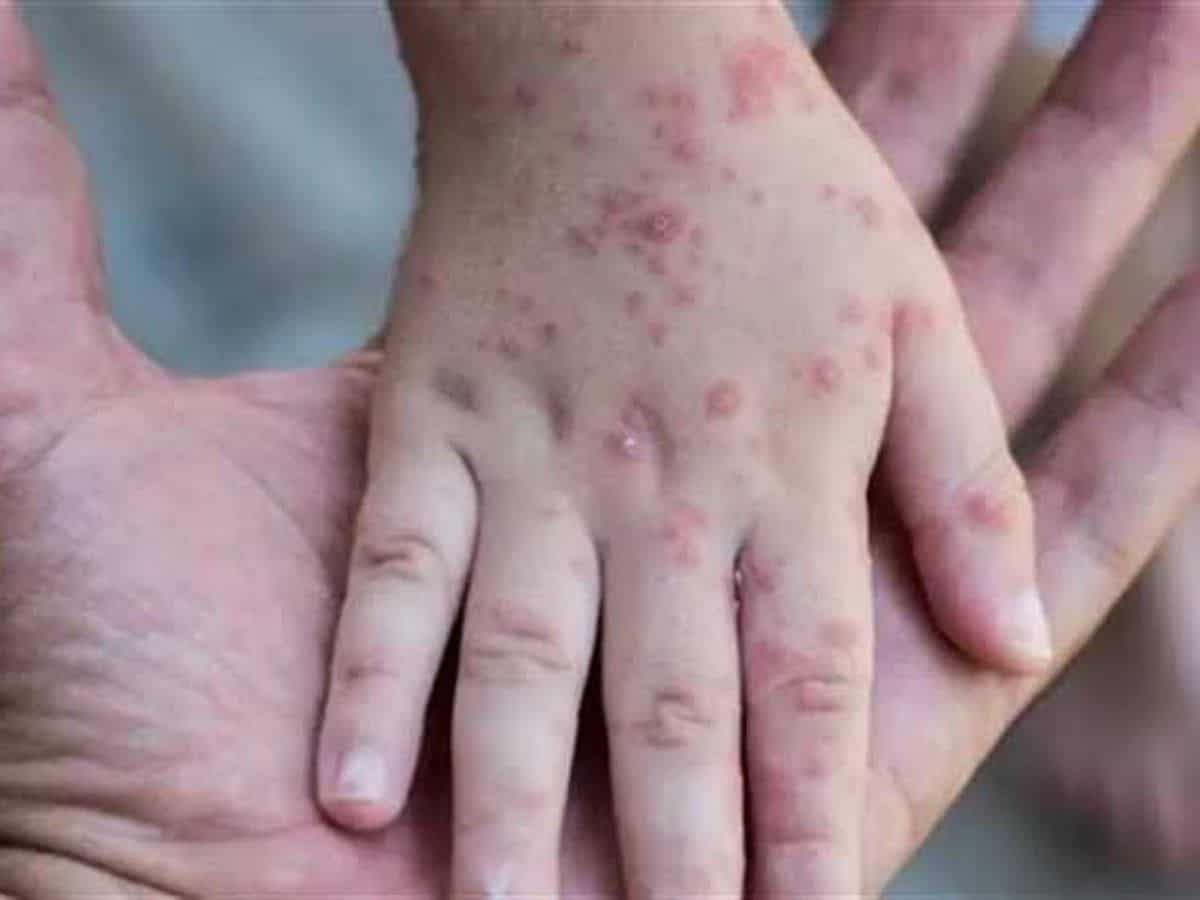

All countries must put their house in order with the monkeypox becoming a multi country outbreak and World Health Organization declaring monkeypox outbreak a public health emergency of international concern.
“There is no need to panic” said former Additional Director General Indian Council of Medical Research Dr Simran Panda.
He said India has a very well equipped laboratory at the National Institute of Virology, Pune, with expert scientists.
He said public health officials from National Centre for Disease Control are keeping vigil on the course of Monkey Pox globally as well as in the country.
The virus which was confined to a few countries in Africa has now spread to Europe, the Americas, Africa, the Western Pacific, and countries of the Eastern Mediterranean and also Asia including India.
Not taking any chances
After Covid 19, (where many feel that WHO delayed in its announcement of the pandemic ) in the case of monkeypox despite WHO authorities being divided on the issue of whether to call it a crisis of international concern, they decided to err on the side of caution by declaring the outbreak “a global health emergency” urging countries their alarm being on highest alert.
According to WHO Director General Tedros Adhanom Ghebreyesus, monkeypox cases have now crossed more than 16,000 cases with 5 deaths from 75 different countries worldwide.
What greatly concerned the WHO authorities was the rapidity of its spread throughout the world.
“Too little was understood about the new modes of transmission which had allowed it to spread” according to WHO DG.
Dr Tedros hoped that declaring monkeypox global health emergency will “help speed up the development of vaccines and the implementation of measures to limit the spread of the virus.”
Monkeypox was first discovered in central Africa in the 1950s.
Monkeypox can result in mild symptoms in some but in others like women who are pregnant, children, and persons who are immunocompromised can become severe and even lead to death. Complications from monkeypox include secondary skin infections, pneumonia, confusion, and eye problems. In the past, between 1% to 10% of people with monkeypox have died.
Symptoms of monkeypox
The most common symptoms of monkeypox include fever, headache, muscle aches, back pain, low energy, and swollen lymph nodes. This is followed or accompanied by the development of a rash which can last for two to three weeks. The rashes can be found on the face, palms of the hands, soles of the feet, eyes, mouth, throat, groin, and genital and/or anal regions of the body.
Lesions begin flat, then fill with liquid before they crust over, dry up and fall off, with a fresh layer of skin forming underneath.
Symptoms typically last two to three weeks and usually go away on their own. It may require medication for pain or fever. People remain infectious until all of the lesions have crusted over, the scabs fallen off and a new layer of skin has formed underneath.
Monkey Pox spreads from person to person through close contact with someone who has a monkeypox rash, including through face-to-face, skin-to-skin, mouth-to-mouth or mouth-to-skin contact, including sexual contact.
Environments can become contaminated with the monkeypox virus, for example when an infectious person touches clothing, bedding, towels, objects, electronics and surfaces. Someone else who touches these items can then become infected.
It is also possible to become infected from breathing in skin flakes or virus from clothing, bedding or towels. This is known as fomite transmission.
Ulcers, lesions or sores in the mouth can be infectious, meaning the virus can spread through direct contact with the mouth, respiratory droplets and possibly through short-range aerosols.
The virus can also spread from someone who is pregnant to the fetus, after birth through skin-to-skin contact, or from a parent with monkeypox to an infant or child during close contact.
According to WHO, although asymptomatic infection has been reported, it is not clear whether people without any symptoms can spread the disease or whether it can spread through other bodily fluids. Pieces of DNA from the monkeypox virus have been found in semen, but it is not yet known whether infection can spread through semen, vaginal fluids, amniotic fluids, breastmilk or blood.
Research is underway
Research is underway to find out more about whether people can spread monkeypox through the exchange of these fluids during and after symptomatic infection.
People who live with or have close contact (including sexual contact) with someone who has monkeypox, or who has regular contact with animals who could be infected, are most at risk.
People who were vaccinated against smallpox may have some protection against monkeypox.
According to WHO it is important for anyone with monkeypox to stay hydrated, eat well, and get enough sleep.
People with monkeypox should avoid scratching their skin and take care of their rash by cleaning their hands before and after touching lesions and keeping skin dry and uncovered (unless they are unavoidably in a room with someone else, in which case they should cover it with clothing or a bandage until they are able to isolate again). The rash can be kept clean with sterilised water or antiseptic. Saltwater rinses can be used for lesions in the mouth.



